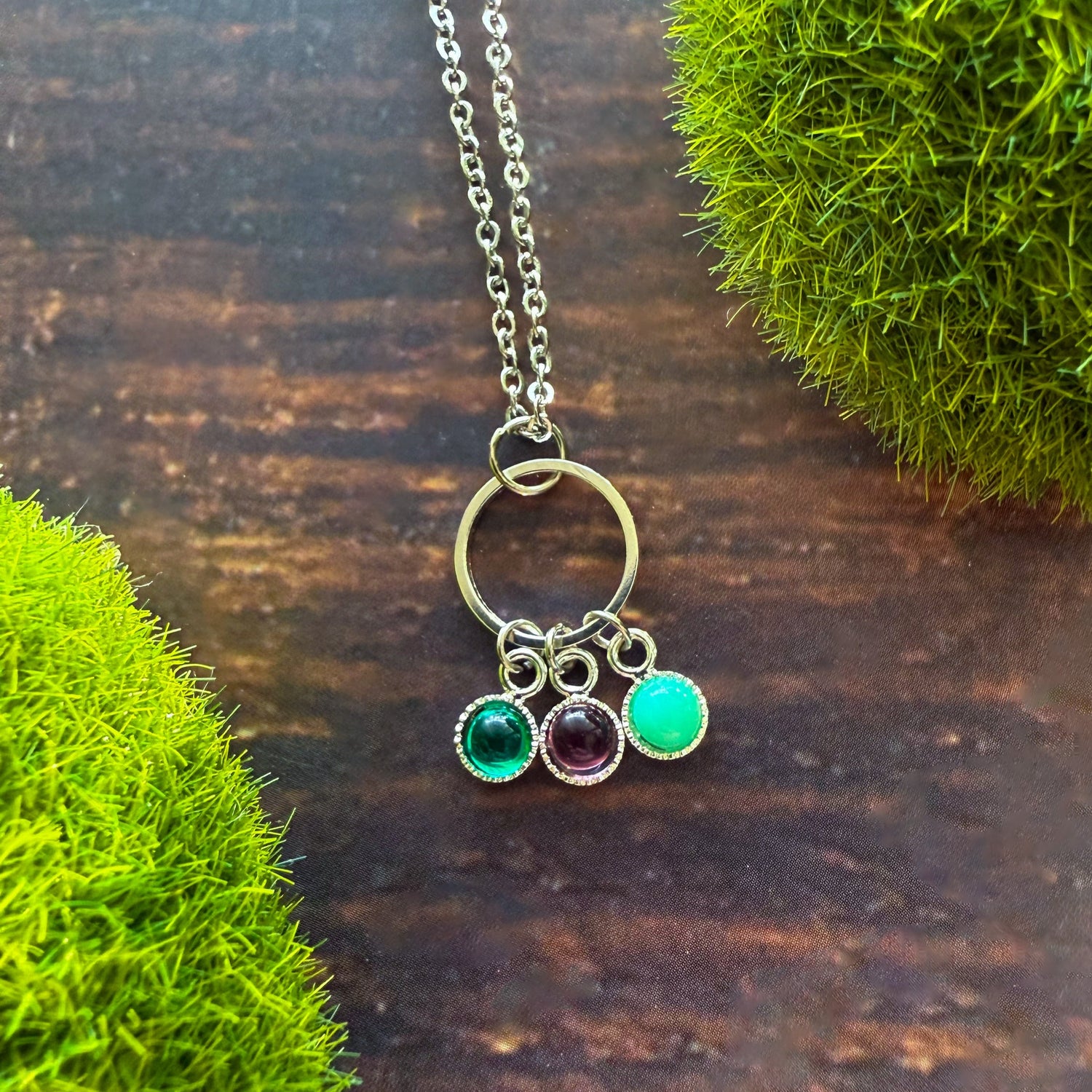
National Meteor Watch Day
Share

Did you know that there are millions of meteors that occur in the Earth’s atmosphere on the daily? That means fireballs are literally falling above our heads as we grab a caramel macchiato at Starbucks, walk our dogs (or cats), wash dishes, run like gerbils on treadmills, binge watch Netflix, and daydream about winning the lottery so you can tell your co-worker Kathy that no one wants to hear about the bunion on her foot EVER AGAIN before sauntering out with your office cactus.
If that sounds dramatic, well, it is. Meteors, also known as “shooting stars” because they can produce visible streaks of light in the sky, are small pieces of meteoroid debris that enter our upper atmosphere at very high speeds, causing them to vaporize. Most are the size of a pea or smaller, and never actually reach Earth’s surface. However, the ones that do make it down here are called meteorites, and boy do these little nuggets turn into beautiful jewelry!
Today, June 30th, has been dubbed National Meteor Watch Day, so I’m here to tell you a little bit about these speedy space rocks. Speaking of speed, meteors enter the Earth’s atmosphere at anywhere from 11 km/sec (25,000 mph) to 72 km/sec (160,000 mph) – wowza! The term meteor comes from the Greek meteoron, meaning “phenomenon in the sky”. A meteoroid is matter revolving around the Sun, or any object in interplanetary space that is too small to be called an asteroid or comet.

During a meteor shower, the number of “sporadic” meteors that can be seen in the night sky is quite variable, depending upon such factors as the time of night, time of year, light pollution and cloud conditions. Over the course of a night, it is usually noticeable that more meteors can be seen in the hours before sunrise than in the hours after sunset – which is why we are advised to wake early and look up in the wee hours of dawn when this celestial event is upon us.

This is due to the motion of the Earth as it revolves around the Sun, with the leading edge (morning side) of the planet encountering more meteoroids than the trailing edge (evening side). In general, two to three times as many meteors can be witnessed in the hour or so just before morning twilight than in the early evening. The time of year also affects the number of meteors we can see due to the tilt of the Earth’s axis. There tends to be an increase in visible meteors in early Autumn (September) than in early Spring (March). Very dark skies are optimal for meteor shower viewing, so those that occur during gibbous or full moon phases usually do not have high visibility due to the brightness of the Moon.

Want to check out what potential meteor showers are coming up in your neck o’ the woods? Here is a handy link that shows events for 2019-2020!
So, get out there and feast your eyes on these flaming space rocks before they fizzle into steam! Or if you just aren’t a super early morning person, go ahead and purchase a meteorite piece so you can rock it (see what I did there? wink-wink) whenever ya want!
xo
Brittany





